Archives
- 2025-11
- 2025-10
- 2025-09
- 2025-03
- 2025-02
- 2025-01
- 2024-12
- 2024-11
- 2024-10
- 2024-09
- 2024-08
- 2024-07
- 2024-06
- 2024-05
- 2024-04
- 2024-03
- 2024-02
- 2024-01
- 2023-12
- 2023-11
- 2023-10
- 2023-09
- 2023-08
- 2023-07
- 2023-06
- 2023-05
- 2023-04
- 2023-03
- 2023-02
- 2023-01
- 2022-12
- 2022-11
- 2022-10
- 2022-09
- 2022-08
- 2022-07
- 2022-06
- 2022-05
- 2022-04
- 2022-03
- 2022-02
- 2022-01
- 2021-12
- 2021-11
- 2021-10
- 2021-09
- 2021-08
- 2021-07
- 2021-06
- 2021-05
- 2021-04
- 2021-03
- 2021-02
- 2021-01
- 2020-12
- 2020-11
- 2020-10
- 2020-09
- 2020-08
- 2020-07
- 2020-06
- 2020-05
- 2020-04
- 2020-03
- 2020-02
- 2020-01
- 2019-12
- 2019-11
- 2019-10
- 2019-09
- 2019-08
- 2019-07
- 2019-06
- 2019-05
- 2019-04
- 2018-11
- 2018-10
- 2018-07
-
DAPI (hydrochloride): Unraveling DNA Dynamics in Organoid...
2025-09-26
Discover how DAPI (hydrochloride), a premier fluorescent DNA stain, enables precise analysis of stem cell fate and lineage diversification in organoid engineering. This article unveils advanced strategies for balancing self-renewal and differentiation using DAPI in cutting-edge organoid systems.
-
ABT-737 in Translational Cancer Research: Beyond Apoptosi...
2025-09-25
Discover the multifaceted role of ABT-737, a potent BCL-2 protein inhibitor, in translational cancer research. This article explores novel mechanistic insights, emerging experimental strategies, and its potential interplay with metabolic disease pathways—delivering a perspective distinct from existing reviews.
-
N1-Methylpseudouridine: Enabling Advanced mRNA Therapeuti...
2025-09-24
Explore how N1-Methylpseudouridine empowers mRNA translation enhancement and reduces immunogenicity in cutting-edge cancer and neurodegenerative disease research. This article uniquely integrates insights from metastasis biology, translational regulation, and therapeutic mRNA design.
-
Biotin-16-UTP: Precision RNA Labeling for Mechanistic lnc...
2025-09-23
Explore how Biotin-16-UTP, a biotin-labeled uridine triphosphate, advances in vitro transcription RNA labeling, enabling high-specificity detection, purification, and mechanistic investigation of lncRNA-protein interactions in molecular biology research.
-
Our results add to previously published data
2025-03-03
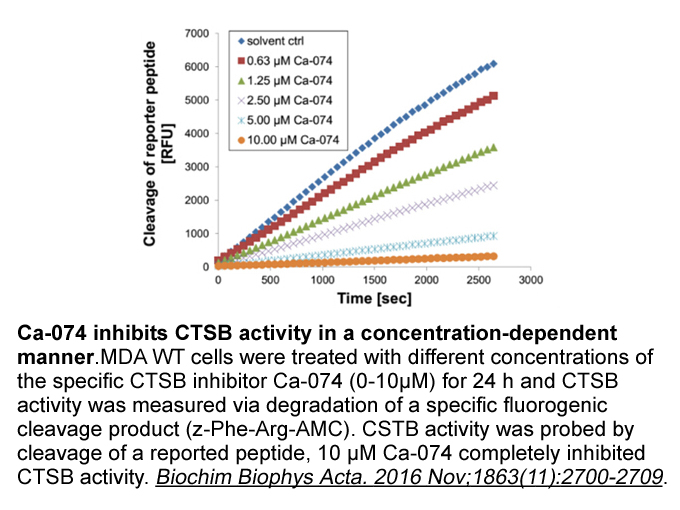
Our results add to previously published data on the contribution of ALDH3A1 to the optical properties of the cornea. Specifically, the study by Nees et al. (2002) was among the first to examine whether ALDH3A1 serves as a structural component in the cornea and similarly to lens crystallins. Their ex
-
AhR was proven to participate in
2025-03-03
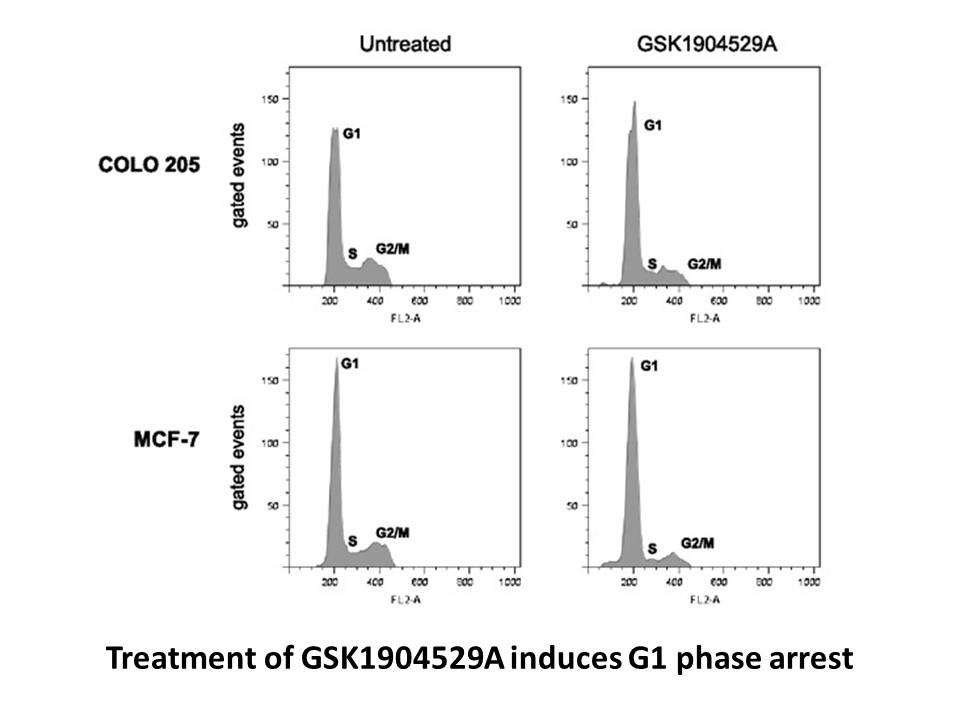
AhR was proven to participate in carcinogenesis. Its high expression was demonstrated in a variety of tumors, i.e. pancreatic, prostate, urinary tract, lung and papillary thyroid carcinoma (Safe et al., 2013, Mian et al., 2014). However, cell line studies showed variable AhR levels/responses. AhR kn
-
br Methodology In this paper
2025-03-03

Methodology In this paper, mechanical properties of G-actin are examined. To do so, three different external tensile loads are exerted to the protein. As illustrated in Fig. 1, Arp2/3 complex binds to the one sides of mother Rat IGF-I protein and leads to the growth of a new daughter filament at
-
The present work has implications for our thinking about the
2025-03-03

The present work has implications for our thinking about the effects of antidepressant (e.g. SSRIs) use on maternal care in depressed mothers which consist of approximately 10–20% of all mothers (Gjerdingen and Yawn, 2007, Susser et al., 2016), and more than 40% of depressed mothers are prescribed w
-
DBIBB australia Acknowledgments br P c is
2025-03-03
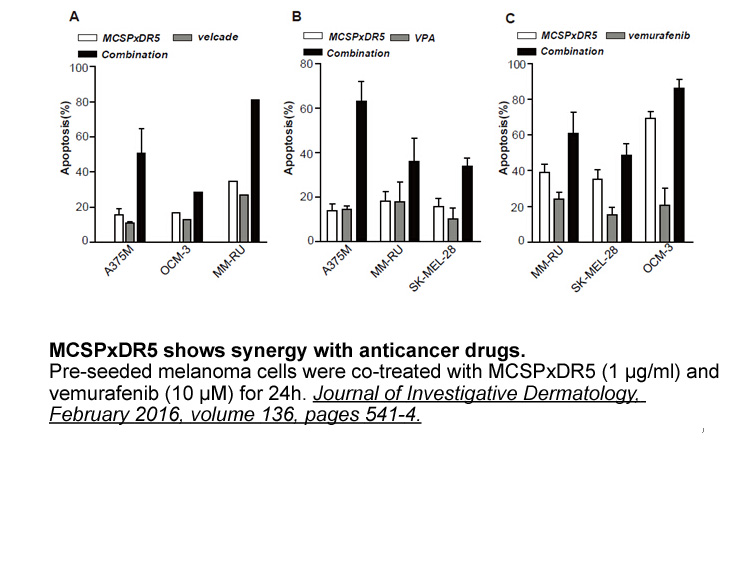
Acknowledgments P450c17 is expressed in several steroidogenic tissues, including the adrenal cortex, the ovary, and the testes (). Thus, 17α-hydroxylase/17,20-lyase is a key enzyme required for the production of both cortisol and sex steroids. This enzyme defect blocks the synthesis of cortisol,
-
Defining the multiple roles of autophagy
2025-03-03

Defining the multiple roles of autophagy in stroke has been a rapidly evolving and exciting venue for translational research, with innovative products being applied from bench to bedside. Spanning pharmacological pathway manipulation and functional experimental validation, altered autophagy activati
-
Zhang et al screened three thousand compounds
2025-03-03
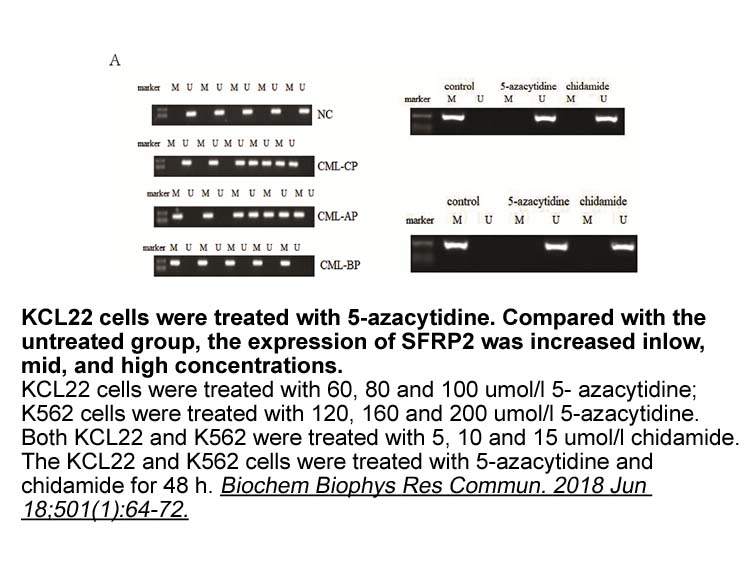
Zhang et al. screened three thousand compounds library and found two active 3,5,6-substituted indolin-2-one molecules. Further, they designed various derivatives of this scaffold and among them compound 23 from the series was found active with 1.8 μM on Aurora-B kinase luminescent assay [53]. Jeffe
-
Fig summarizes the oxidative metabolism of arachidonic
2025-03-01

Fig. 1 summarizes the oxidative metabolism of arachidonic Doxorubicin by lipoxygenases cyclooxygenases and cytochrome P450. Lipoxygenases in humans are expressed in a tissue-specific fashion: 5-LOX is mainly expressed in leukocytes, 12-LOX in platelets, and 15-LOX-1 in reticulocytes, eosinophils, a
-
Then Autodock was employed for
2025-03-01
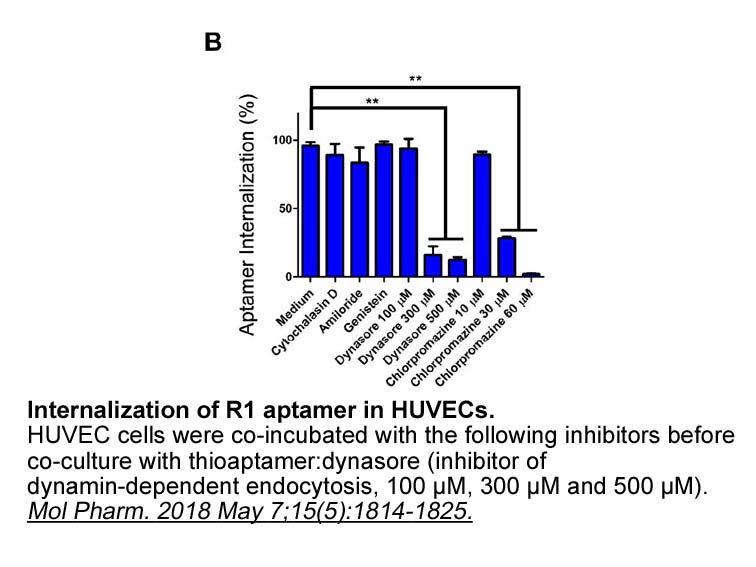
Then, Autodock4.2 was employed for site directed docking on AD with the ligands of the cluster(s) having high binding affinities in VS II experiment (Morris et al., 2009). Docking protocols were followed as per our earlier report with 200 GA (genetic algorithm) run (Kalani et al., 2015). Likewise, l
-
In conclusion our data highlight
2025-03-01
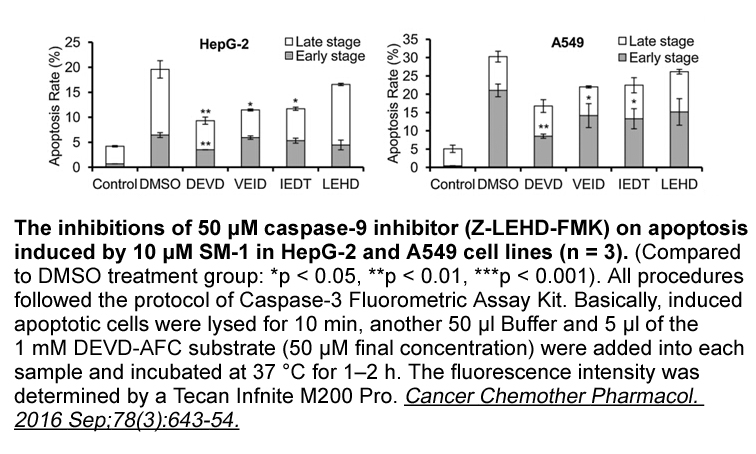
In conclusion, our data highlight that variable anti-oxidative SB 204070 could be released through peptic hydrolysis of CMP fractions. Although casein hydrolysates produced a larger number of peptides (Table 1) with variable antioxidant capacities, all the peptides from whey hydrolysate exhibited h
-
HMGN proteins are subject to extensive post translational mo
2025-03-01
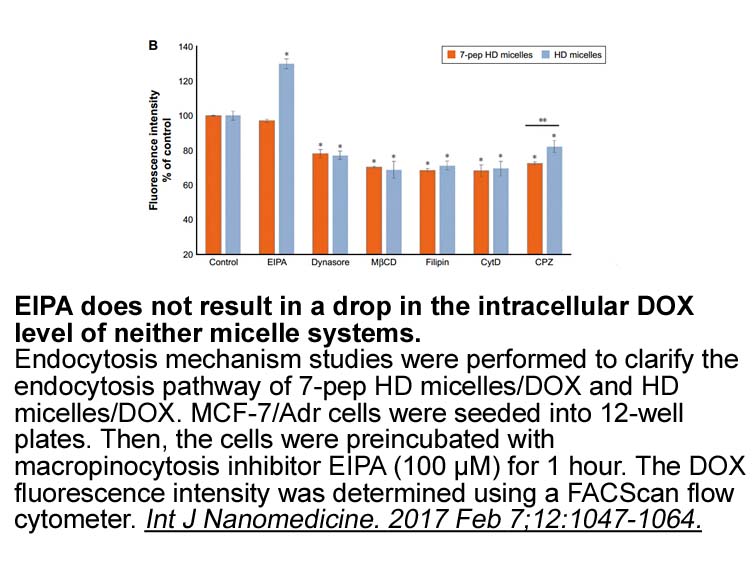
HMGN proteins are subject to extensive post-translational modifications which influence both their mode of binding to LY2603618 and their functional activity. Like the other HMG protein families, HMGNs are substrates for many of the same enzymes that modify histone proteins (review in [175]). The h